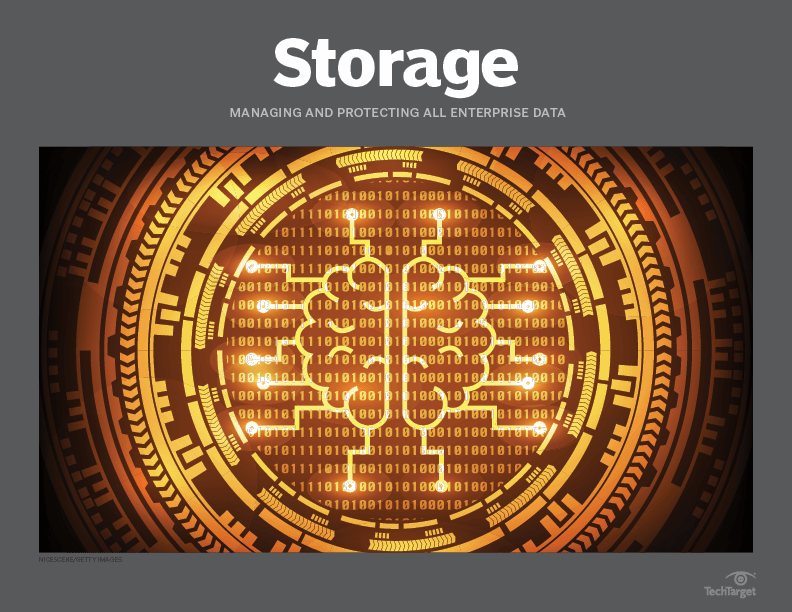PRO+ Premium Content/Storage
Access your Pro+ Content below.
Larger, expandable HCI nodes bring big infrastructure benefits

This article is part of the Storage issue of August 2019, Vol. 17, No. 11
A majority of hyper-converged infrastructure deployments start with three to four HCI nodes that support relatively basic workloads. However, when an organization decides to add more workloads, especially storage-intensive ones, problems can arise. At the heart of the problem is how HCI typically scales three resources -- compute, storage and networking -- in lock-step even though those resources rarely need to scale at the same pace. Eventually, one or two of them become significantly underutilized. More efficient use of HCI resources is critical to engender widespread enterprise adoption. Using HCI for only a few workloads and having other more storage-intensive workloads running on isolated hypervisor clusters or bare-metal systems essentially eliminates the value proposition of HCI. Organizations adopting the technology should aim for the opposite outcome, centralizing all -- or all but a few -- workloads in the HCI environment. HCI environments consist of a cluster of physical servers, called nodes. HCI nodes run on the ...
Features in this issue
-
Machine learning for data analytics can solve big data storage issues
Discover how AI and machine learning -- with support from major vendors and technologies like Lambda architecture, FPGAs and containers -- address big data analytics challenges.
-
The realities of unstructured data management revealed
Managing and gleaning business value from unstructured data is of utmost importance to enterprises today. Our infographic outlines the challenges respondents face.
News in this issue
-
When converged and hyper-converged -- and cloud -- converge
Price, ease of management and use cases should determine if you use hyper-converged, converged infrastructure or on-premises public cloud stacks. There are differences, however.
Columns in this issue
-
Larger, expandable HCI nodes bring big infrastructure benefits
Discover why a larger node strategy enables enterprises to better consolidate workloads in a hyper-converged infrastructure environment while reducing complexity and cost.
-
Support for production-level hybrid cloud use cases on the rise
A recent Taneja Group survey reveals that hybrid cloud and multi-cloud are the preferred cloud storage architectures for a variety of enterprise storage use cases.
